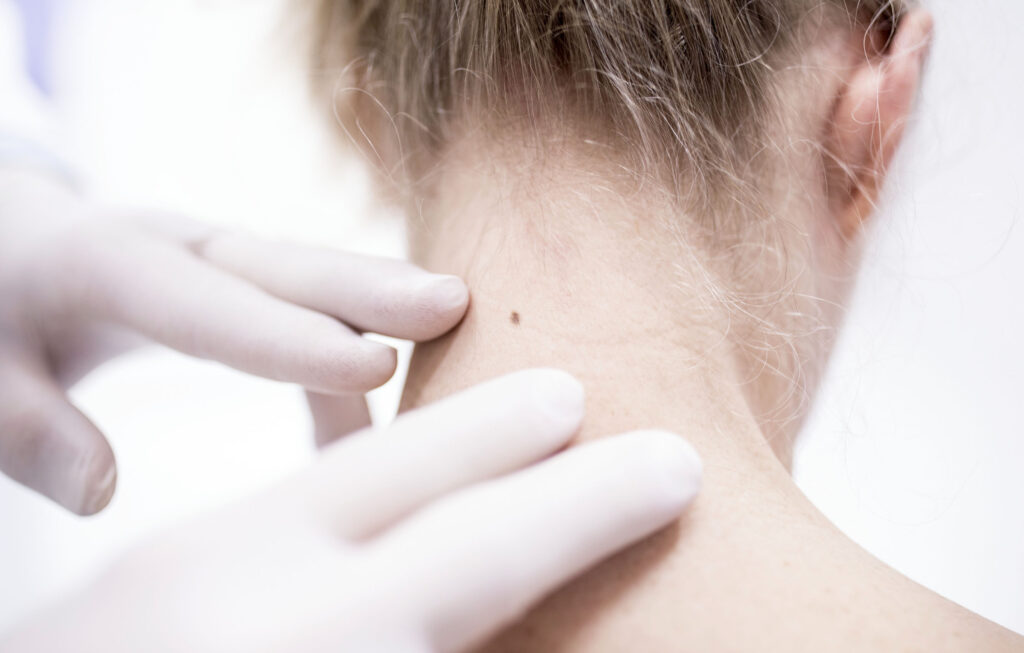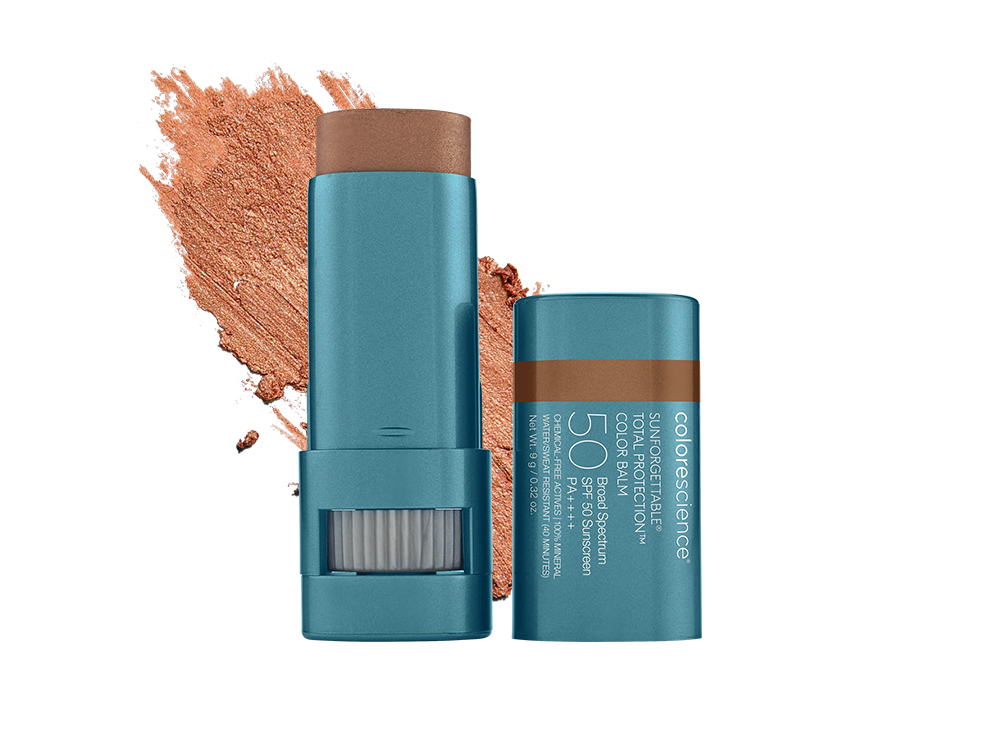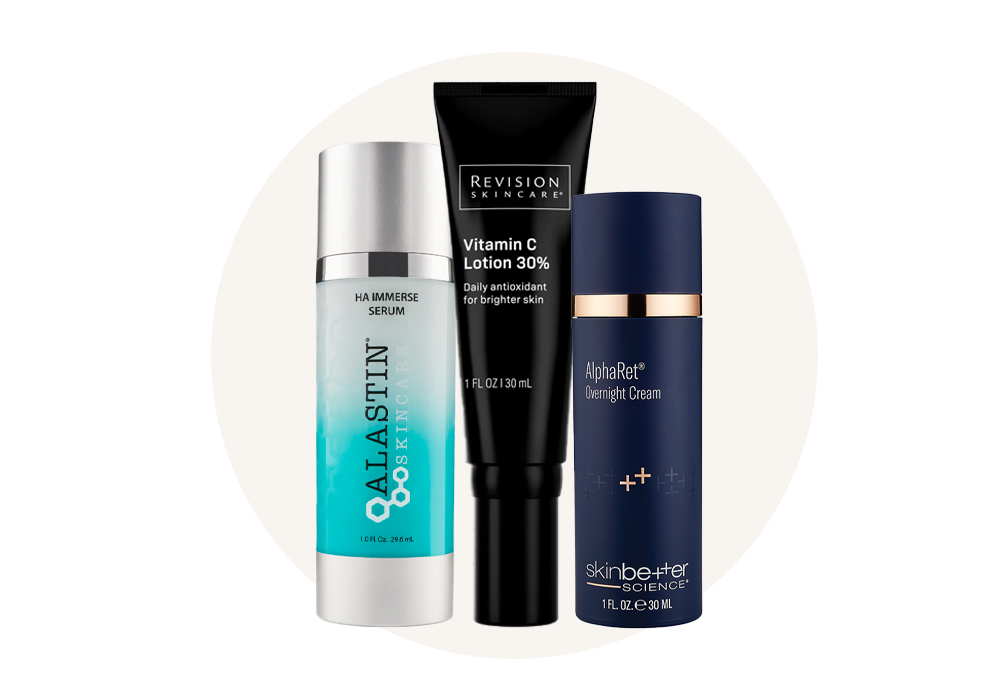We all know that skin cancer can be dangerous and even life-threatening, but most of us have been trained to look for the word ‘melanoma’ in order to understand how serious the disease is. But a study revealed at the European Academy of Dermatology and Venerology (EADV) Congress 2023 indicates that non-melanoma skin cancers present a serious threat to global health.
Though melanoma is an undoubtedly more serious illness with a higher mortality rate, the actual number of deaths attributed to non-melanoma skin cancers is actually higher than deaths caused by melanoma. Non-melanoma skin cancers (NMSC) are vastly more common, making up 78% of all skin cancer cases, and have a relatively low mortality rate, causing over 63,700 deaths worldwide out of a total of 1.2 million cases. Melanoma, in comparison, resulted in approximately 57,000 fatalities during the same period from only 324,635 cases reported.
Despite how much deadlier melanoma is, it’s non-melanoma skin cancers that are leading in the number of deaths.
According to the Skin Cancer Foundation, more than 5,400 people worldwide die of non-melanoma skin cancer every month.
Lead author of the study, professor of dermatology at the University of Hospital of Nice, France Thierry Passerson, MD explains that the number of unreported non-melanoma skin cancers is likely even higher than estimated. “These figures might be underestimations. NMSC is frequently underreported, complicating our understanding of its actual impact,” Dr. Passerson explains.
According to New York dermatologist Elaine Kung, MD, one reason is that non-melanoma cancers often get mistaken for other common problems. “Some skin cancers may be mistaken for common issues,” Dr. Kung explains. “For example, a basal cell carcinoma may appear like a pimple at first. However, it’s a pimple that doesn’t seem to go away for months and bleeds easily even if you don’t traumatize it from washing or combing your hair. Early squamous cell carcinoma may appear like a little crusty, dry scalp that keeps on recurring at the same location. But unlike dandruff which are small tiny flakes, these are larger scales and may eventually feel tender.”
You May Also Like
Non-Melanoma Skin Cancers
According to Montclair, NJ dermatologist Jeanine Downie, MD, the incidence rate of non-melanoma cancers is substantially higher than melanomas. “According to the Skin Cancer Foundation, basal cell carcinoma and squamous cell carcinoma are much higher in incidence in melanoma,” Dr. Downie explains. “Two people die of melanomas every hour in the United States. The bottom line is that if you have a skin bump/lesion that is not healing, getting bigger, bleeding or otherwise looking a bit unusual, you should get it checked out ASAP.”
And critically, no matter what the diagnosis is, you need to get it dealt with immediately.
“Regardless of whether or not it is diagnosed as a basal cell carcinoma, a squamous cell carcinoma or a melanoma, each still need to be treated and dealt with,” Dr. Downie says. “Squamous cell carcinomas can metastasize, and there are several other unusual skin cancers like Merkel cell carcinoma that is more rare that Jimmy Buffett just died from, but those are still out there and killing people.”
It’s fair to be concerned about melanomas—it’s a potentially deadly disease with the ability to spread throughout your body. But these other skin cancers are dangerous, too.
According to West Palm Beach, FL dermatologist Kenneth Beer, MD, these cancers are less likely to be taken seriously. “It is not surprising to me that non melanomas kill more people than melanoma simply because the number of non melanomas is much higher,” Dr. Beer says. “Non-melanoma skin cancers are also not taken seriously. In addition, they may be treated with techniques that do not check the margins and thereby leave tumor that returns years down the road when they are big and impossible to remove.”
Really, you should be getting any spot that doesn’t heal checked out by a doctor.
“People are very concerned about melanomas and changing moles, but they should ALSO be concerned about any non-healing lesion on their body,” Dr. Downie explains. “The bottom line: Get your skin checked a minimum of once a year by a board-certified dermatologist, regardless of your ethnicity, race or skin shade, wear sunscreen SPF 30 every single day and do a self body exam a minimum of once a month where you check your skin yourself for anything that is not healing/ painful/ bleeding or otherwise suspicious.”
Skin Cancer Signs
When examining your skin for atypical moles and lesions, you can refer to this helpful guide, provided by the AAD:
A is for Asymmetry: One half doesn’t match the other.
B is for Border irregularity: The edges are ragged, notched or blurred.
C is for Color that varies from one area to another.
D is for Diameter: Melanomas are usually greater than 6 millimeters (the size of a pencil eraser) when diagnosed, but they can be smaller.
E is for Evolving: Look for a mole or skin lesion that looks different from the rest or is changing in size, shape or color.
Visit SpotSkinCancer.org for more information on prevention and detection.

















